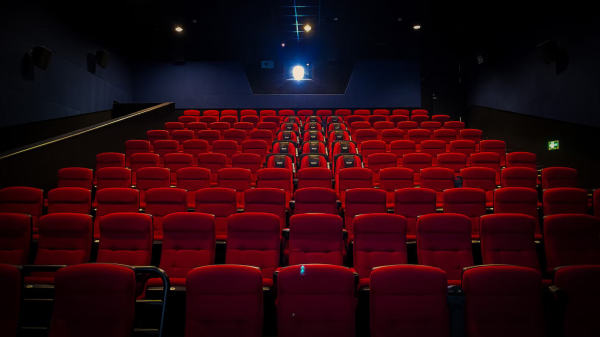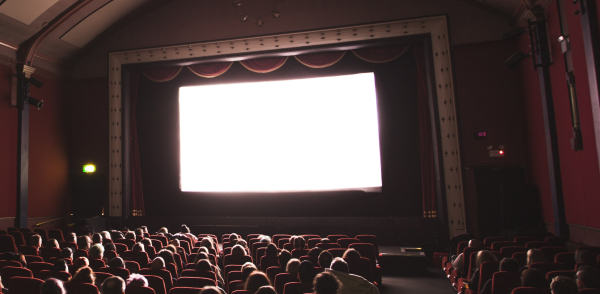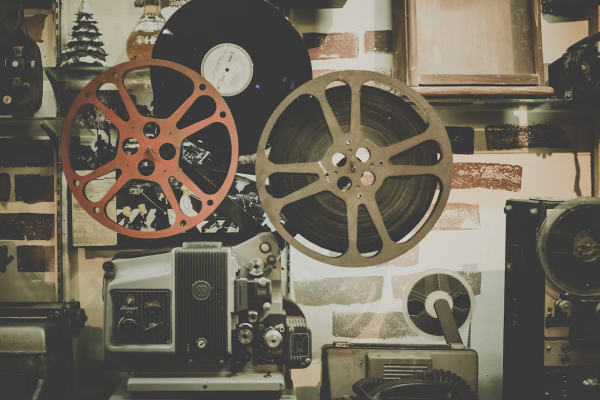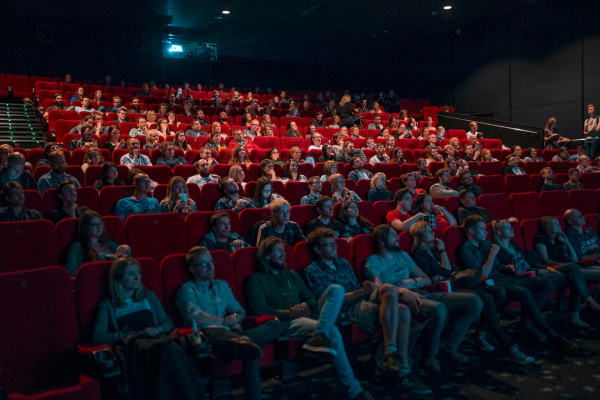[15:18 Sun,19.March 2023 by Thomas Richter] |
Cinema screenings with a projection image that is far too dark, discolored or slipped too often spoil the fun of a visit to the cinema - that is the insight gained by a writer for the cultural magazine Vulture during a foray into various large cinemas in New York. He was accompanied by a projection technology expert from Dolby Laboratories to find out what the problems are.  Probably the most noticeable and most common annoyance was a film projection that was too dark - this could be due to such simple mistakes as a polarizing filter accidentally forgotten from the previous 3D screening, which darkened the light by a third, to more basic ones, such as the use of bulbs in the projector that were too old and therefore not as bright. Other problems the team encountered included a trapezoidally warped projection image, another wasn&t set up exactly to the screen and projected a few inches off, another theater had dirt on the projection window glass, yet another had an uncalibrated projector producing oddly colored highlights.  But the real reasons for such problems lie deeper, in the great crisis of cinemas. It existed before Corona, due in part to growing competition from streaming services such as Netflix, but was exacerbated when movie theaters were forced to close and many attractive film premieres went online only. As a result, the previously unchallenged exclusivity of movie releases in theaters is broken, which was economically very important for them. Now, many films are only available online a few weeks after their premiere or even exclusively online (for example, when a film studio wants to push its own streaming service). In addition, many moviegoers have not returned since Corona - for last year,  Another reason for the problems with picture quality in cinemas, according to the article, is the switch to digital projection, which has been taking place for some time now and which has been very positively received by the operators of large cinema chains, since digital projection has allowed them to save on the expensive cinema technicians who were necessary for the complicated analog projection and the complex film projectors. However, these technicians were highly skilled engineers who ensured that film projection was done at the maximum quality and were quick to respond when problems arose. After multiplex cinemas work with automatic projection thanks to digital technology, however, and the technician positions have been cut, the house manager is often responsible for technical problems. In the course of the savings made due to the economic cinema crisis, the house manager is immediately responsible for many tasks, such as the sale of cinema tickets, for which, however, they may not be qualified. In the case of serious problems (i.e., when viewers really complain), they have to wait for an external technician to visit.  How widespread bad projections are is pointed out by Wenders therefore advises movie lovers to visit cinemas that use laser projectors, as they offer greater brightness, color and contrast than traditional digital projectors, and also no longer require a bulb and can operate for up to 20,000 hours (as opposed to 1,000 to 5,000 for traditional bulb projectors).  Barco Laser Projector What are your experiences going to the movies? Have you experienced really bad projections? deutsche Version dieser Seite: Ruinieren schlechte Projektionen das Kino? |





